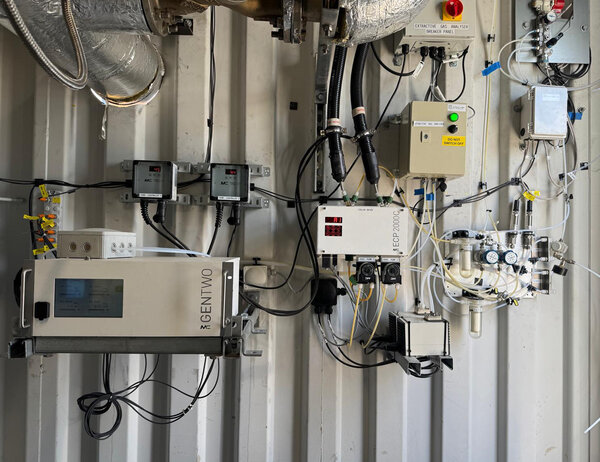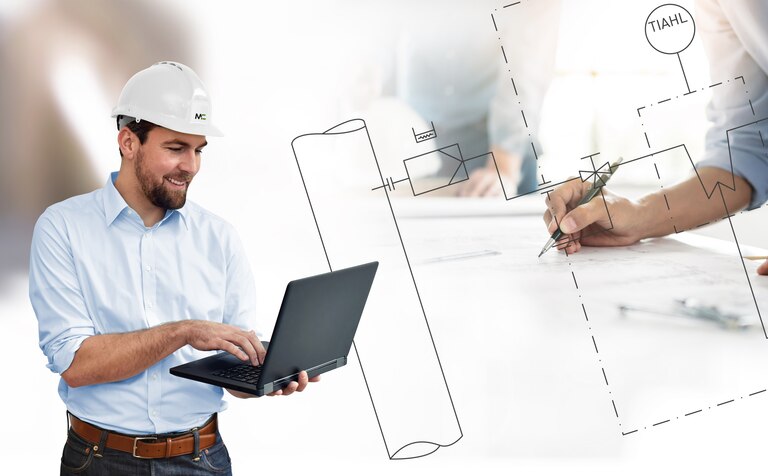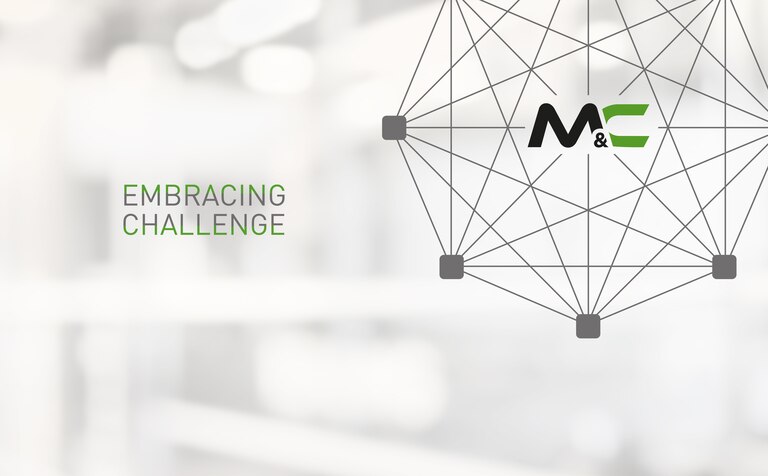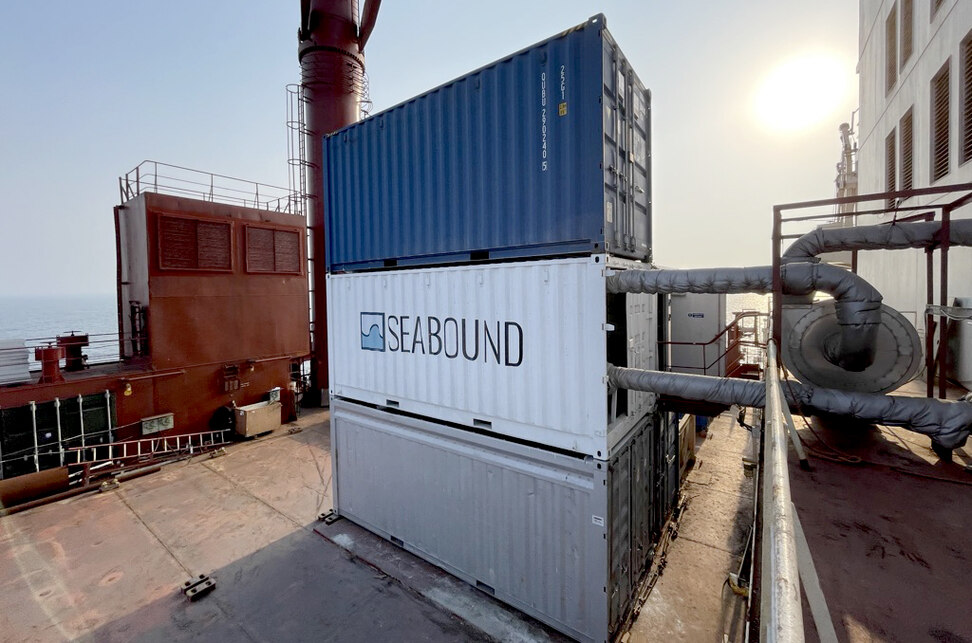
Our customer Seabound is a British startup that specializes in reducing CO2 emissions in the shipping industry for the sake of the environment.
The shipping industry plays a central role in global trade but is also responsible for a significant proportion of the global CO2 emissions. It is estimated that maritime traffic causes around 3–4 % of global CO2 emissions, which corresponds to around 1,000 million tons of CO2 per year.
In addition to carbon dioxide (CO2), ships also emit other pollutants such as sulphur oxides (SOx) and nitrogen oxides (NOx), which contribute to air pollution and health problems. Comprehensive measures to reduce these emissions are therefore essential to make the shipping industry sustainable.
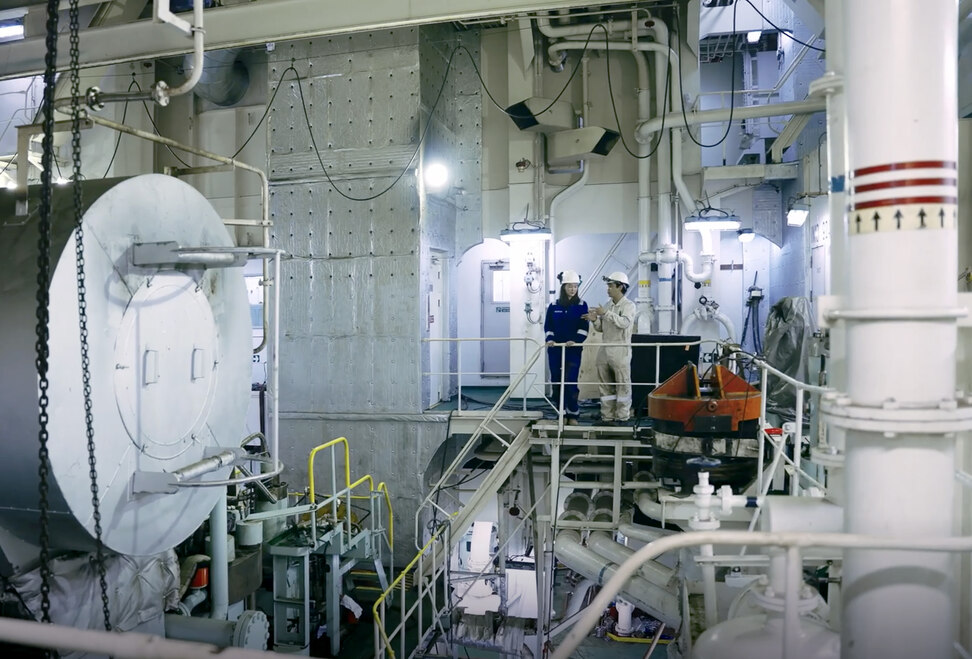
Challenges in the Maritime Industry
Continuous gas analysis in the shipping industry faces several challenges:
- Vibrations of several G
- Mechanical strength
- Water vapour dew point, acid dew points
- Corrosion, extreme temperatures
- Different types of dust
- Legislation
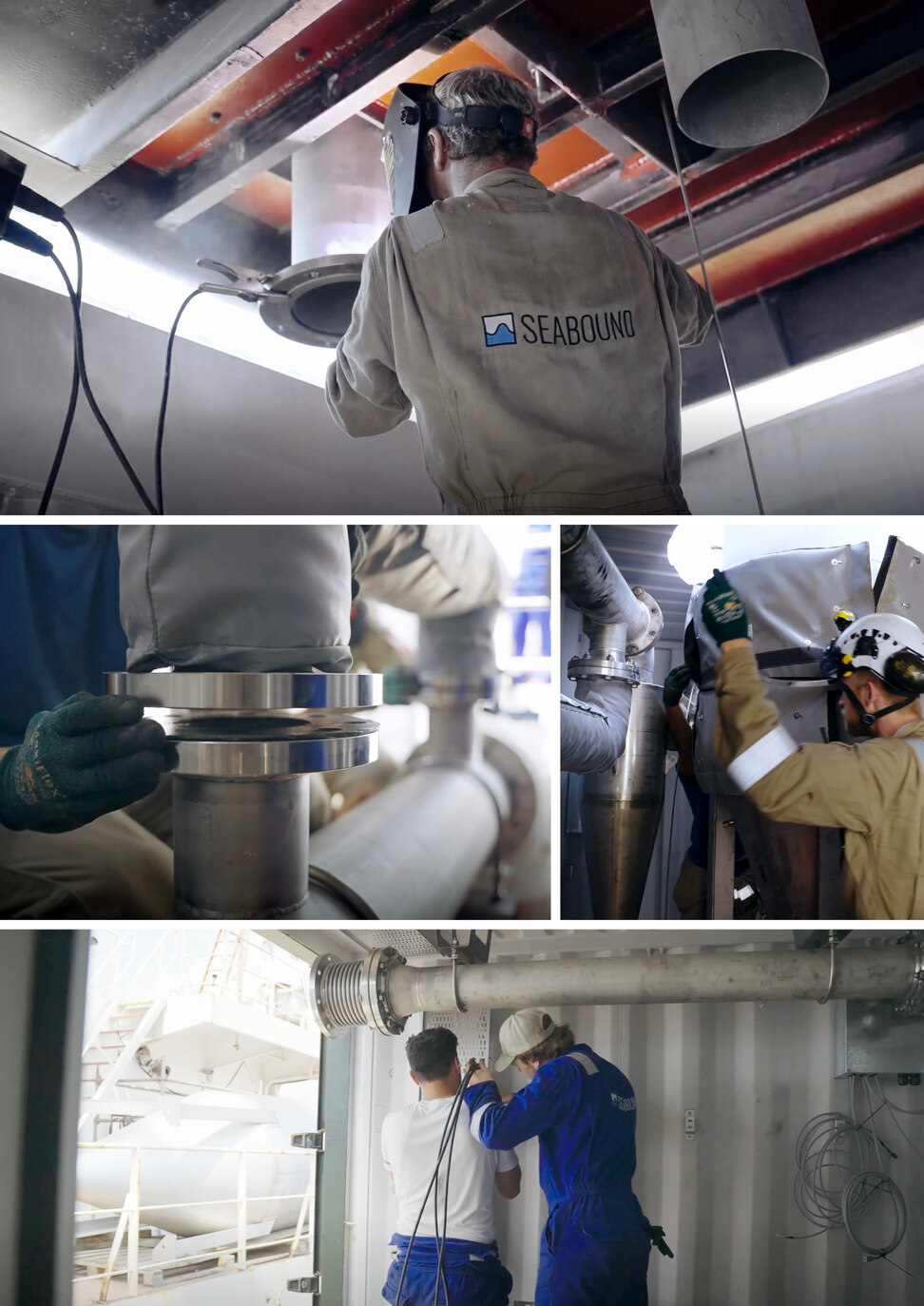
The Customer Project
Our customer has developed an innovative onboard carbon capture system that converts CO2 emissions into solid carbonate pebbles. This technology is capable of capturing up to 95 % of carbon emissions from a ship's propulsion system.
In 2023, our customer successfully tested a prototype on a large cargo ship. During this pilot project, the system was able to capture 78 % of the carbon emissions and 90 % of the sulphur dioxide from a portion of the exhaust flow of one of the ship’s auxiliary engines.
This represents a significant step towards decarbonizing the shipping industry and meeting new global emissions targets. The system uses calcium hydroxide to capture CO2 through a chemical process in limestone, which can later be recycled on land. The captured CO2 can either be stored underground or sold to the chemical industry.
We at M&C are proud to contribute to this important CO2 reduction project by providing our state-of-the-art gas analysis systems.


